Q&A Time! Talking Parallax: Warbands With Adam Rosenblum
August 7, 2015 by brennon
Before the launch of the Kickstarter we got to talk to Adam Rosenblum of Parallax Miniatures about his game, Warbands. We discuss the miniatures, the game and some of his thoughts on wargaming as a whole right now...
BoW: First off could you tell us a little bit more about the company behind Parallax Warbands and where you got started?
Adam Rosenblum: Parallax Miniatures was founded with one goal – create great games that both the competitive and casual gamer can enjoy. With the release of Parallax: Warbands in 2015 this goal is well on its way to being a reality.
Created by gamers, for gamers, the “local” community is one of our highest priorities. We have transparent communications about what we are doing and where we are going and why, realizing that the only way for small companies to survive in this industry is to have community support behind them. Parallax: Warbands will be the company's second Kickstarter.
The first was for the Ogre Miniature, which successfully funded and was fulfilled before the promised date.
Parallax: Warbands is the first of our games to use the system that will run throughout the game line. Three other games are currently in the development stage – Parallax: Adventure (RPG game), Parallax: War (Large Scale Game), and Parallax: Dungeon (board game).
The key component to the FAE system is that the characters in each of these games can be easily translated into one of the other games.
The miniatures in Parallax are resin 32mm scale, making them some of the larger miniatures on the market. Each high-quality, detailed miniatures is a delight for painters who are looking for something different. Resin is used instead of metal to make it easier for modelers to customize their models.
BoW: Your new miniatures game is coming to Kickstarter soon. It has some fascinating looking models but first could you tell us a bit about the game world and background?
Adam Rosenblum: The world of Parallax is one of high fantasy and magic. The worlds plot kicks off around an event called "The Great Sundering", where reality was violently broken into parallel dimensions. All magical creatures and beings were isolated in a parallel dimension from anyone (un)lucky enough to be mundane.
At least two dimensions (known as ‘shards’) were instantly created; one where magic governed all, and a second where magic is all but dead. Although the shards each resembled their former world, they all had been changed on a fundamental level.
Magical beings were banished to the shard known as Materris, and lived lives stretching far beyond the expectancy seen by their ancestors. This longevity seemingly cost them the potency of their magic and reproduction. Human magic users were less affected by these maladies, and the more magically inclined races found ways to consume the magical energies of these humans (known as the Tir); thus, turning them into consumable slaves of the shard.
Meanwhile, the Morterrin shard housed the mundane and magicless beings and was a world of constant strife and conflict. For more than a millennium, the magicless humans, now known as the “Devoid”, warred for survival against the feral Cayad hordes.
The game’s present timeline picks up ten years after the “Rejoining” where the two shards are slammed together into the same reality, and everyone is trying to pick up the pieces and get ahead. The rejoined world is called Materris (due to the majority population being from the former shard), and the story which begins Parallax takes place on the continent of Pylai.
There is no one ruling faction, instead warlords and city-states fight for power and territory. The world itself is grossly underpopulated. To call any one territory a civilization would be an overstatement. This is where our heroes and villains pick-up and choose their own path.
Patrons hire warbands to achieve their convoluted goals. Completing missions from said patrons nets characters experience; which allows them to learn new skills and grow stronger on the battlefield. Your warband may choose to align with a particular faction and tow the party line, or to serve as mercenaries, allying with the highest bidder no matter who it may be.
This option impacts your Warband’s story, party composition, and in-game decisions.
To add just a bit more to the chaotic world that is Parallax, strange pools have begun to appear in the wilderness. These “Runic Pools” (so named because of the indecipherable etchings on the stonework surrounding each pool) are a giant X-factor to the inhabitants, and are found to be a powerful fuel for the magically gifted,. They are also useful to the magicless inhabitants in diverse trades such as blacksmithing and alchemy.
This chapter in the Parallax universe explores how the world’s people, and how/if they will re-embrace a diverse society; considering all that has happened.
There are five races in total, which will make up six factions:
- Hadjen - Large elephantine creatures as strong in the arcane arts as they are in brute strength
- Minotaurs - Though they may have a reputation as bullish tyrants, these warrior scholars are the historians of time and a connection to the ancient times. Though their magic is somewhat limited, their potential is mighty
- Sicarius - A graceful feline race who are the self appointed guardians of the forest and the Runic Pools near which they hide. They are also the last practitioners of spirit based magics in the realm
- Cayads - Packs of these canine hunters are lead by their Alphas. While seen by most as somewhat feral and unpredictable, there is a cunning to their madness which belies their true nature
- Humans - As diverse as they are crafty, the humans of Parallax are not the largest, strongest, or smartest of the races. Not all humans are magically gifted, and thus find themselves often wanting when measured against the other races. But when using all of their variable gifts together, they are a force to reckon with. The magically inclined humans are known as the Tir, and those without magic are known as the Devoid.
BoW: We've already seen some of the fantastic miniatures like the Minotaur and Sicarius Archer - could you tell us how they came to be and why you went with this design decision?
Adam Rosenblum: Thank you, we are really proud of the miniatures that we are producing. When looking at the game, the background, and the setting it was decided to emphasize that the story of Parallax is not human-centric. Instead, it is a world filled with monsters; in which the humans happen to be living - often in fear.
The human models are 32mm based, just slightly above the 28mm scale from many of the other companies. However, this is a small percentage of the models – two of the six factions. With it being a skirmish game with only a few models on the table, we felt that we could push the envelope, as each model should be a centerpiece model.
When you think about our world, a human is very small next to a full sized bull or elephant – we carried that logic over to the game, but did not want to sacrifice the high level of detail on human models to achieve it.
It has both worked for us and honestly backfired a little. It has worked in that people that have seen it and played it love the miniatures, the size and detail of the models. They also have liked that they are detailed enough to use for their RPG characters.
The backfire is that they are a little more costly to produce – we could lower the price by going metal, but that defeats the customizable purpose, as metal is much harder to convert, and we don’t want to back out on one of our core values.
At some point, a goal would be to use high quality plastic (ABS), instead of resin, but that would bring about a whole new set of both opportunities and challenges that we can’t pursue at the moment.
The primary goal with the miniatures is to give them a unique look and feel, so people don’t have to buy them to play the game, but want to.
BoW: Miniatures and background are awesome of course but could you fill us in on the gameplay mechanics behind Warbands?
Adam Rosenblum: Gameplay is fast and deadly with the average game taking less than an hour to play.
One of the most unique parts of Parallax is that players can either use pre-made characters called Personalities or create their own character from scratch; with a granularity much akin to that of an RPG. Each Faction has it own unique style and limitations.
There are also five distinct classes from which to choose. Currently, we have over 100 different skills that players can choose from when making a character ensuring that no two characters will ever have to be the same.
In Parallax, a Warband is a player’s army. They will compete to achieve various missions against another player. A standard game is 250 Renown Points, which the player uses to buy his or her Characters from the various Factions.
Players are not restricted to just the Cayad Faction, or Hadjen Faction, but can mix and match models from each Faction when creating their Warbands. This creates an average number of models in a player’s Warband of about four to six models.
The game uses a ten-sided dice (d10) system to see whether or not a character is successful at an action. When characters takes damage, the damage is marked on one of its attribute damage boxes. Each damage box marked in an attribute means the character will roll one less d10 for that attribute. Damage is assigned by the character’s controlling player.
A character’s Attributes (Form - Governs melee attacks; Awareness - Ranged attacks and defense; Essence - Spell Casting) determine the number of d10 rolled and their skills set the Target Number. Each d10 which shows a result equal to or lower than the skill’s TN it is considered to be a success.
Basically, the model tests its potential at something vs. its skill at achieving it. Attack rolls are opposed, with successes negating one another to achieve a net success or failure on an action.
Parallax doesn’t use the more traditional move/attack action format; instead whenever a character takes an action it is assigned Exhaustion Points (EP) based on that action. A character’s EP stat determines how much exhaustion a character can have before showing signs of fatigue in the form of dice penalties.
At the beginning of the round characters remove exhaustion equal to their EP Stat, but any points over the character’s stat remain for the round, meaning a character can overextend itself in one turn, but faces being too worn out to do much and exposed to the enemy’s attacks in the next.
Players alternate activating models until both have activated every model in their respective Warbands. A character that has been activated cannot be reactived during that round, but can use defensive skills and abilities. When all characters have activated, the round is over.
We aren’t using scenarios, instead, Warbands are hired by Patrons to complete contracts (e.g. Contract Cards). At the start of the game each player is given three Contract Cards, which they can choose to either keep or discard. Sometimes a dual Contract will be in play, meaning both players are trying to accomplish the same goal.
Players need to create a well-rounded Warband in order to complete as many Contracts as possible. For QuickStart Characters and Contract Cards visit http://www.ParallaxMiniatures.com
BoW: Do you see small scale skirmish wargames as the way forward for a lot of miniatures games in the future? We certainly seem to be lot of companies leaning that way.
Adam Rosenblum: The current trend is definitely the small-scale skirmish games, which I think is in large part due to economics and the plethora of games on the market.
With the number of new games hitting the shelves of the Local Game Store from seasoned publishers, as well as Kickstarter, the consumer has a lot more choices and a lot less disposable income. It is hard to justify as a gamer to buy into a game that would take hundreds if not thousands of dollars to get into, when you may only play a few games and then move to the next game.
When you look at the market today, the only people really doing a successful large scale games are Games Workshop with Warhammer 40K, Privateer Press with both Warmachine and Hordes, and Kings of War by Mantic, all highly successful and well establish companies.
I personally love both 40K and Warmachine, but Warhammer Fantasy will always hold a special place in my heart as it was the first miniature game I played.
As a company, you have to look at trends and hopefully understand what your target audience is thinking. When designing this game we looked at that when designing Parallax: Warbands so you only need four to six models per side. These models can also be used as characters in the RPG systems and Generals in the large-scale game making them reusable assets.
BoW: With six factions already in mind - and the target for the Kickstarter - where do you see the game growing to as it continues over the next few months and years?
Adam Rosenblum: The goal is for the game to become a system with a unique synergy with the other games that we produce. There is already talk about four more unique factions, which would bring us to ten and includes some pretty wicked cool model ideas from the unliving to undersea creatures.
In addition to this we have already been speaking with writers about a series of short novels that would look at both shards, giving players more fiction to draw from, as well as a series of RPG adventures.
Currently, we have eleven models produced, which is a good number for a company of our size, however the ultimate goal is to have ten times that number giving players a chance to make their model as unique as the characters they will be creating.
Thanks for the information and we can't wait to see where the game goes as it hits Kickstarter later this year.
What do you think of Parallax: Warbands now you've learned a little bit more about it?
Let us know in the comments below...
"Three other games are currently in the development stage – Parallax: Adventure (RPG game), Parallax: War (Large Scale Game), and Parallax: Dungeon (board game)..."
Supported by (Turn Off)
Supported by (Turn Off)
"One of the most unique parts of Parallax is that players can either use pre-made characters called Personalities or create their own character from scratch; with a granularity much akin to that of an RPG. Each Faction has it own unique style and limitations..."
Supported by (Turn Off)





























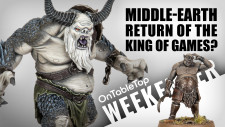

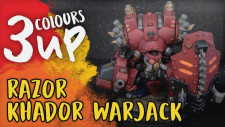
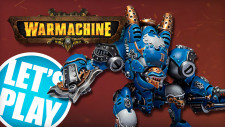
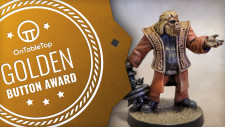
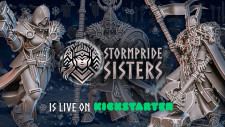

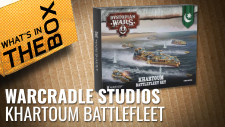







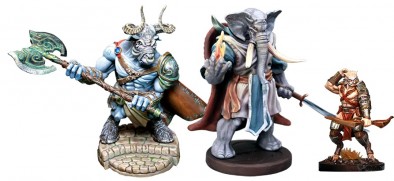

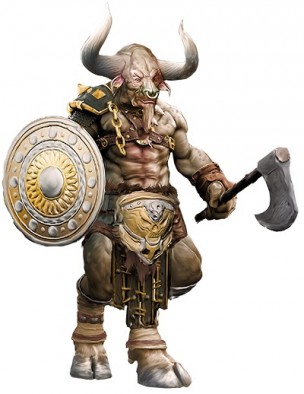




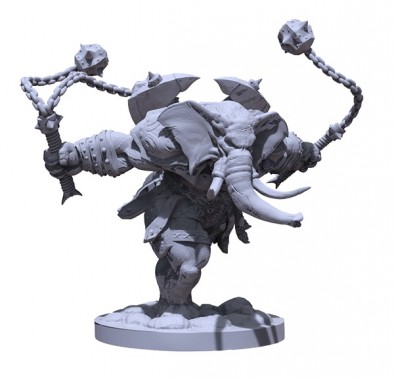
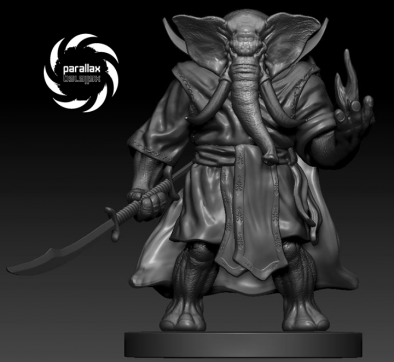
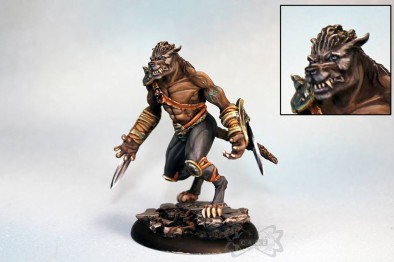




























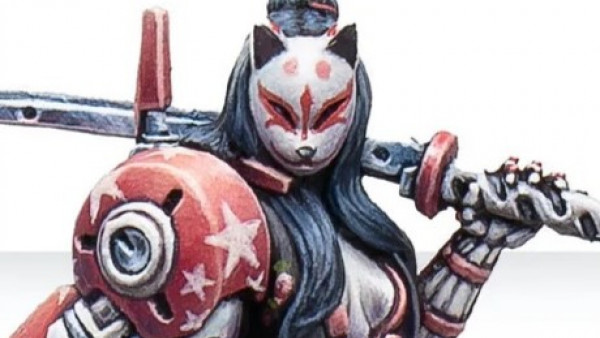
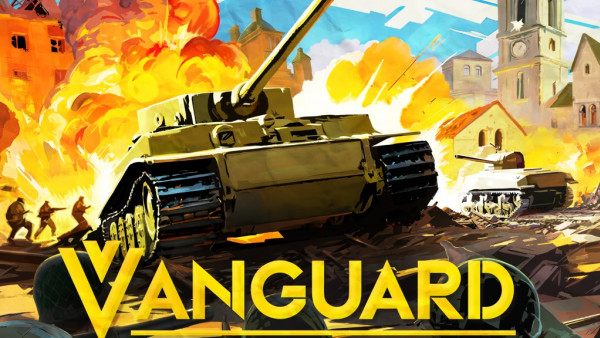
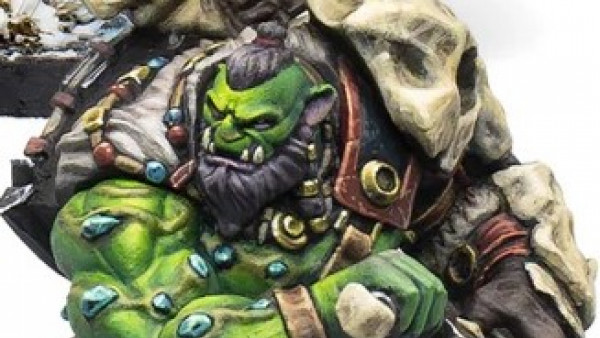
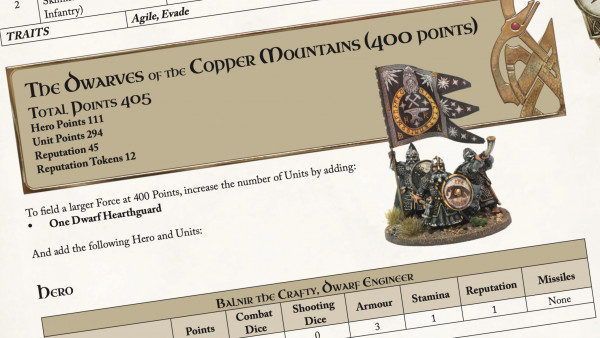

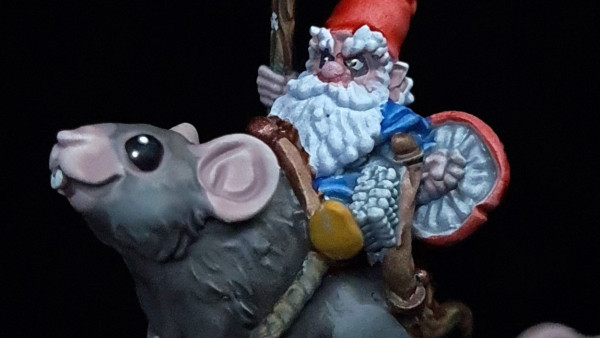


Some nice looking stuff there, I have to keep an eye on this one
Curious. I kinda like the elephantine ones.
Lord ganesha looks cool 🙂
Quite interesting, indeed. I like the dual wielding elephant most.
I have rapidly skimmed through the ks preview, and it seems a tad bit high for a simple starter (99$…). I’ll keep an eye on it anyway.
I think it’d be hard to compare this $99 starting cost to other games. I saw somewhere that human models are 35mm, and the Minotaur is something like 70. No matter what, that is so huge! Good looking to boot? yes please.
That starter level comes with the rulebook and and other extras too, so it sounds like a pretty good deal to me.
wow, thanks BoW. Definitely keeping an eye on this. Already checked out the beta rules. Seems interesting enough to justify getting those models!
Gamers in my club do not look like those two ladies : (
Hi All,
This is Adam with Parallax. Please let me know if you have any questions. I’ve made some adjustments to the Kickstarter based on a lot of feedback I’ve had over the last few days. You can reach me here, Kickstarter or on Facebook.
Thanks,
Adam